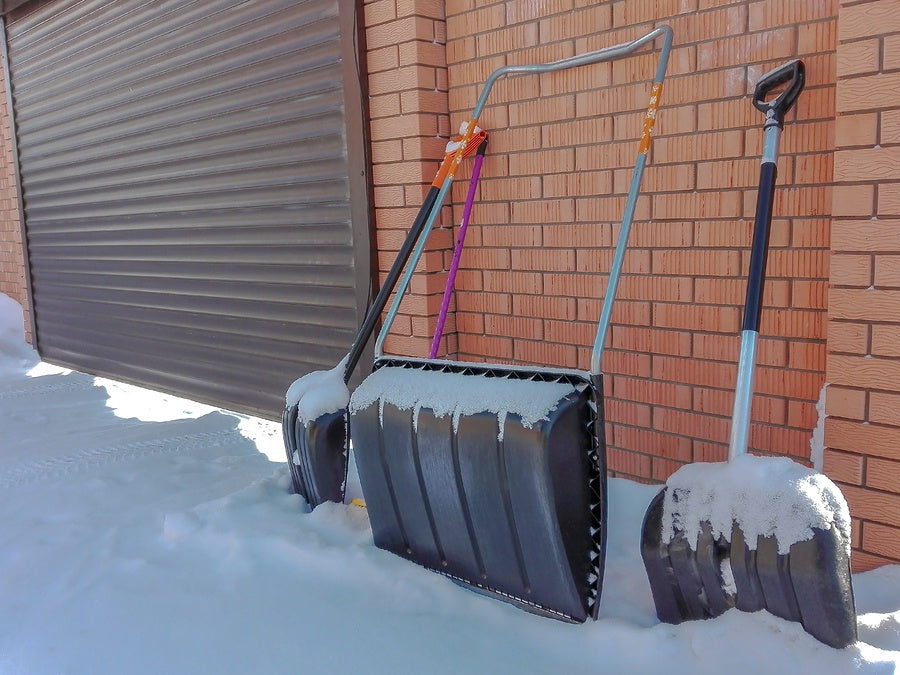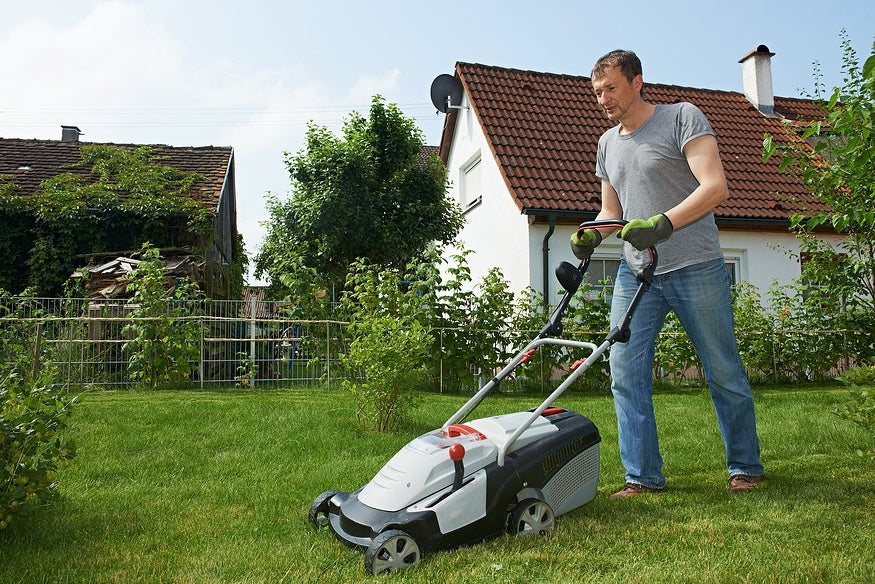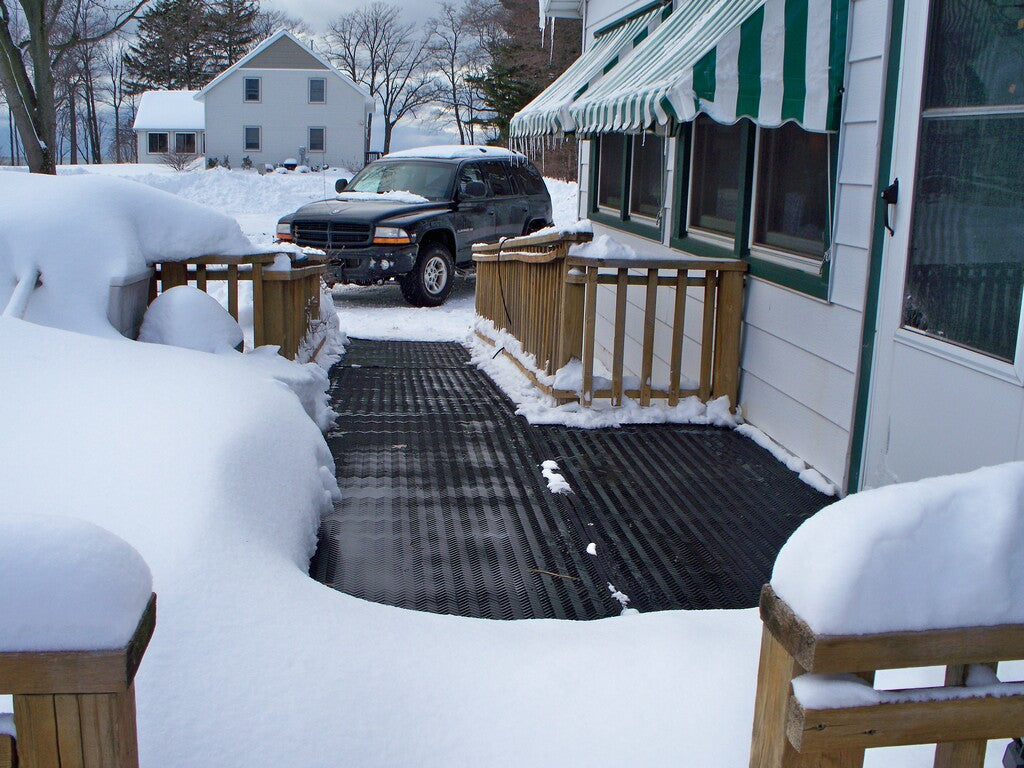
Spring is here! Trees are budding and flowers are blooming (and if you followed our Easy Tricks to Spruce up your Lawn after Winter tips, your landscape is already taken care of!). The snow has finally melted - but what to do with your snow removal equipment? While it is ideal if you have a large garage or shed you can store your equipment safely, most of us don’t have access to a surplus of storage space. Here’s how to break down and (safely) store your snow removal equipment.
-
Shovels - Depending on the size and quality of your shovel, there are a few storage options. Plastic shovels are not as effective for snow removal, but are inexpensive enough that you can dispose old ones and replace with new each season. Chances are they cracked or chipped during the season and need to be tossed come spring anyways. If you have invested in a more expensive shovel (normally made from a combination of wood and aluminium parts) you’ll want to clean and store. Consider sanding down the handle before storage so splinters don’t surprise you next season. If your space is very limited, look into buying a compact, folding snow shovel, which come in various sizes and qualities.
-
Snow Blowers - Although snow blowers are bulky, covering them in the yard with a tarp or stuffing them into a shed is not the best storage option as the parts can rust and corrode. In this case, an indoor garage or storage unit is your best option. If you do need to store the blower outside, it is recommended that you elevate it on a platform so the ground moisture does not contribute to rust and corrosion of parts. If you are using a cover or tarp to cover, make sure the material is breathable. As you consider these storage options, you might come to the conclusion that snow blowers are not the best form of snow removal! After all, you want to invest in long-lasting, easy-to-store equipment.
-
Snow Plows - Snow plows mean business. If your property requires a personal plow, chances are you are able to store heavy machinery in a large garage or shed on your property. (See tips on snow blowers, above, if storing outside!). Yet when you store your snow plow, you’ll need to make sure that if you use hydraulic fluid you change it BEFORE you store it, as moisture can build up in the system during the off-season. To ensure that you avoid any corrosion and damage caused by moisture, check your snow plow manual for information on the types of hydraulic fluid recommended and purchase the right type. Before re-filling, take care to drain and clean the tank and perhaps consider the filter. While it may seem like a lot of work now, it will be worth it to have the snow plow running smoothly when that big storm hits next season!
-
Snow Melting Mats - Most snow melting mats are easily stored by rolling, folding, stacking or packing away. In this way, snow melting can provide a great alternative to other snow removal options for homeowners with limited storage space. They also have the added bonus of not harming your driveway and sidewalks. (See our blog post on how to maintain your driveway year round!). You will, however, want to make sure that you assemble and disassemble your heat maps precisely according to manufacturer instructions to ensure all electronic material is properly stored. And as with any electronic device store in a cool, dry place with limited exposure to sunlight.
-
Sand and Sawdust - Stocked up on sand and sawdust this winter to help with traction and melting snow on your property? Chances are you might have some leftover and wondering if it’s worth it to store for next year. If you have the room it might be worth it to store.
-
Salts and Chemicals - While deicing solutions can be tempting to use in the winter due to their effectiveness and ease of application, storing any leftover salts and chemicals can be problematic. As you may know from research of your own, environmental damage from salt and chemicals has been documented and in many cases these chemicals (like Magnesium Chloride) should be avoided on your property all together. Since they are dangerous if ingested by pets, children or other critters on your property, you want to store leftovers in a very secure location that prevents any exposure to water or sun. Most state regulations require highway agencies who utilize these chemicals to store all salts inside a covered, waterproof structure, and it is recommended that homeowners do the same. When this is not possible, cover your chemicals with waterproof material and store on a waterproof structure so that you do not have any leaks occurring into soil or groundwater.


